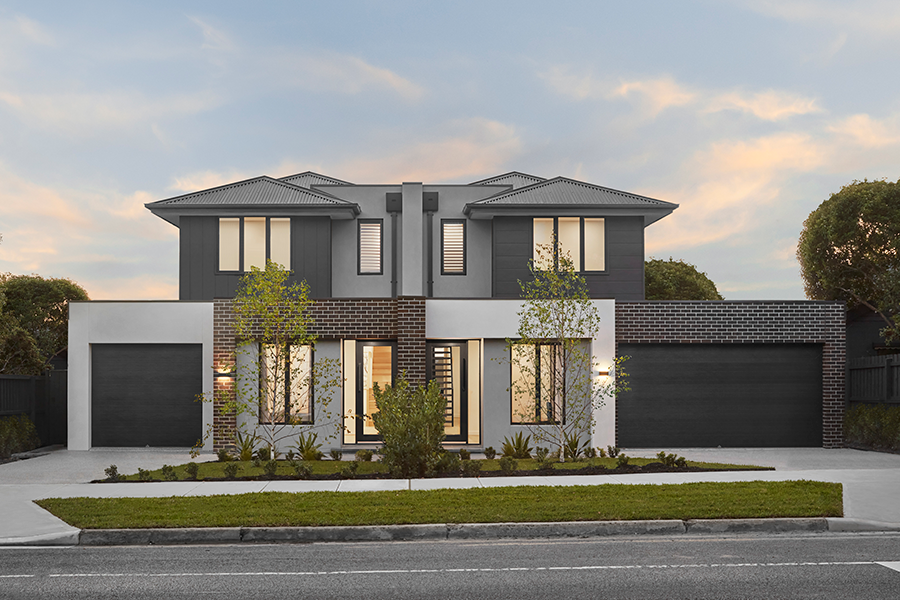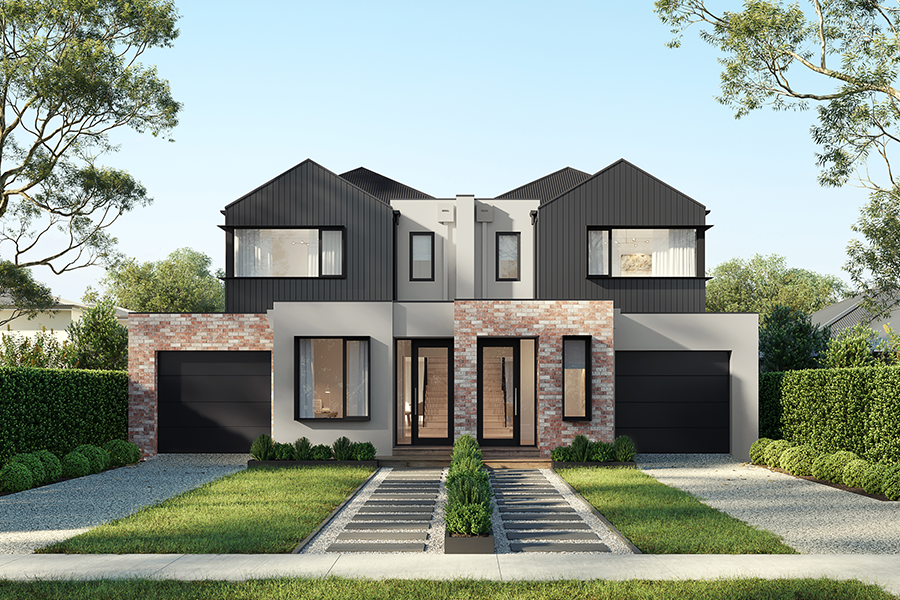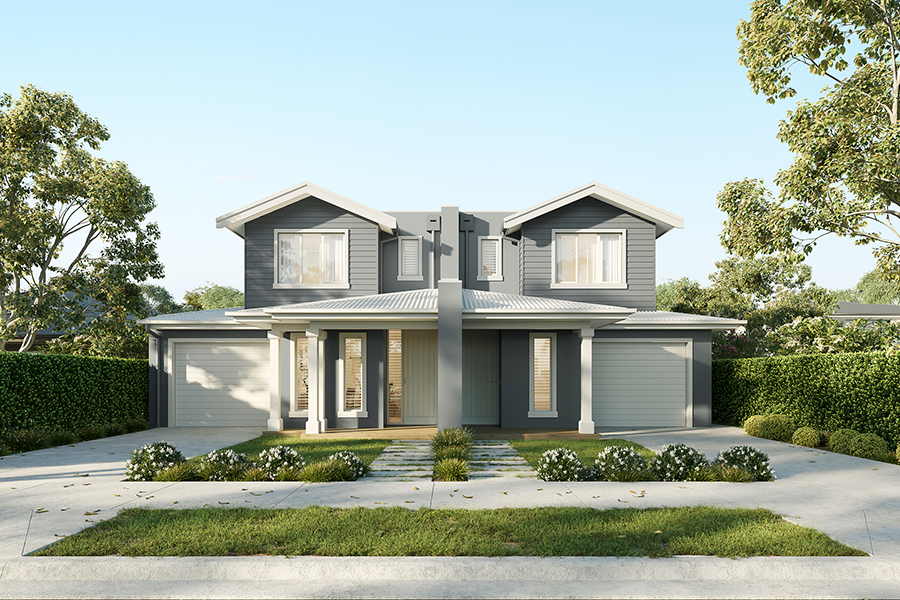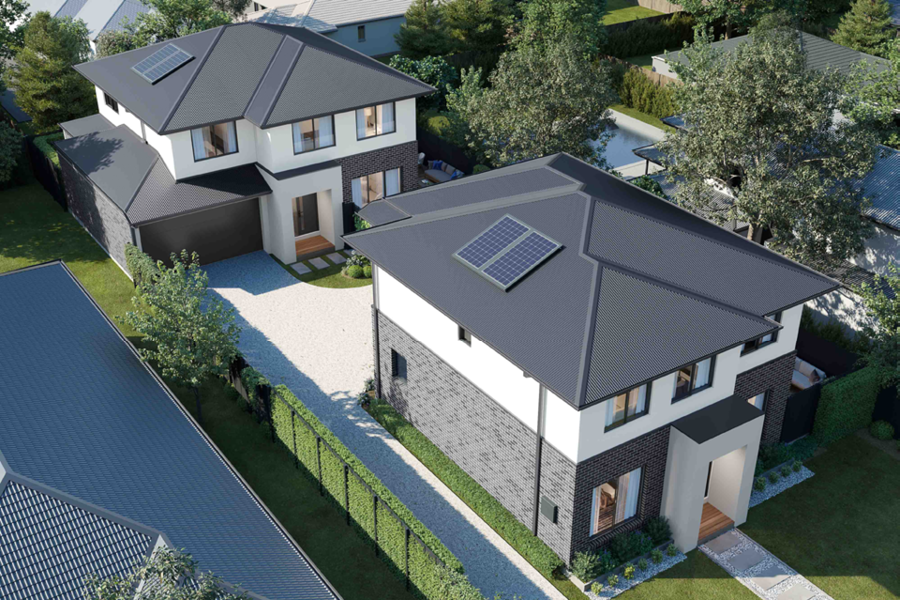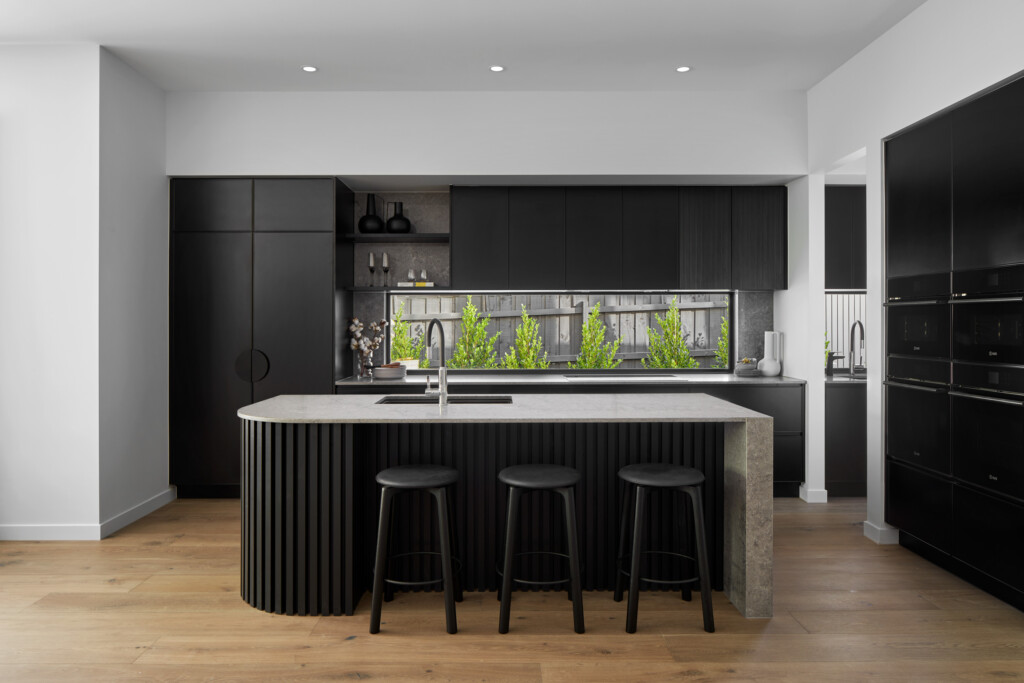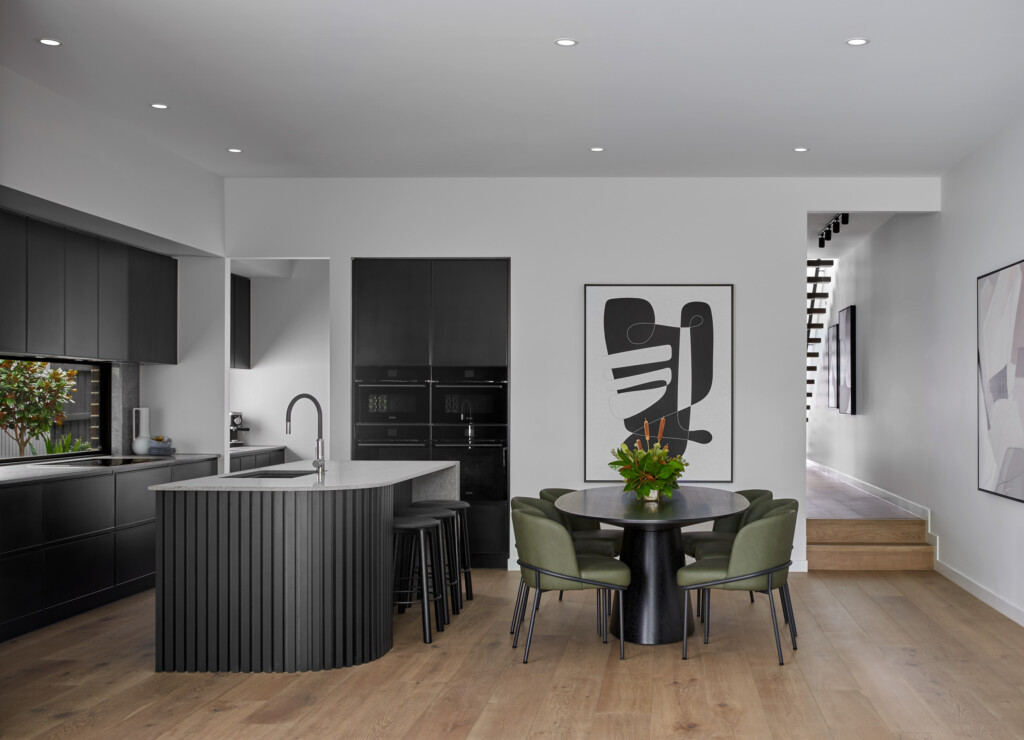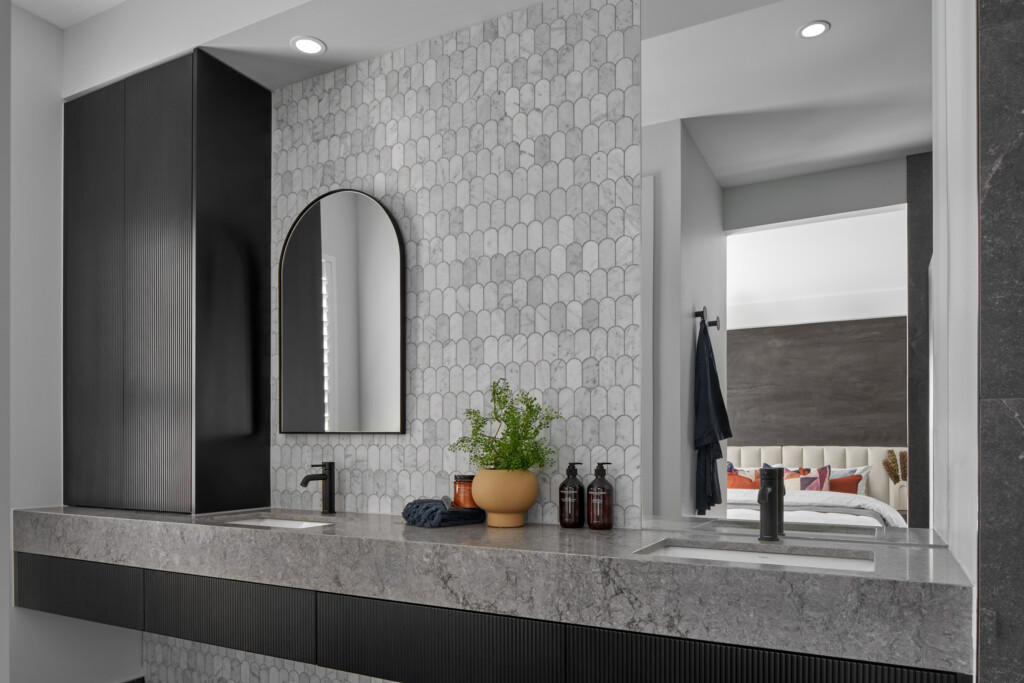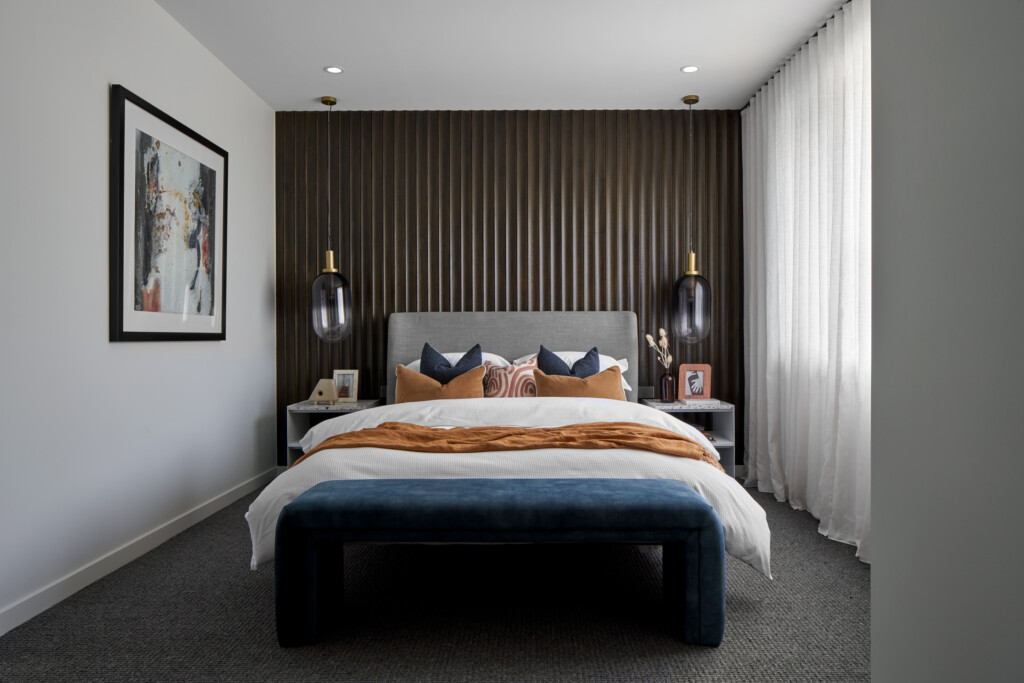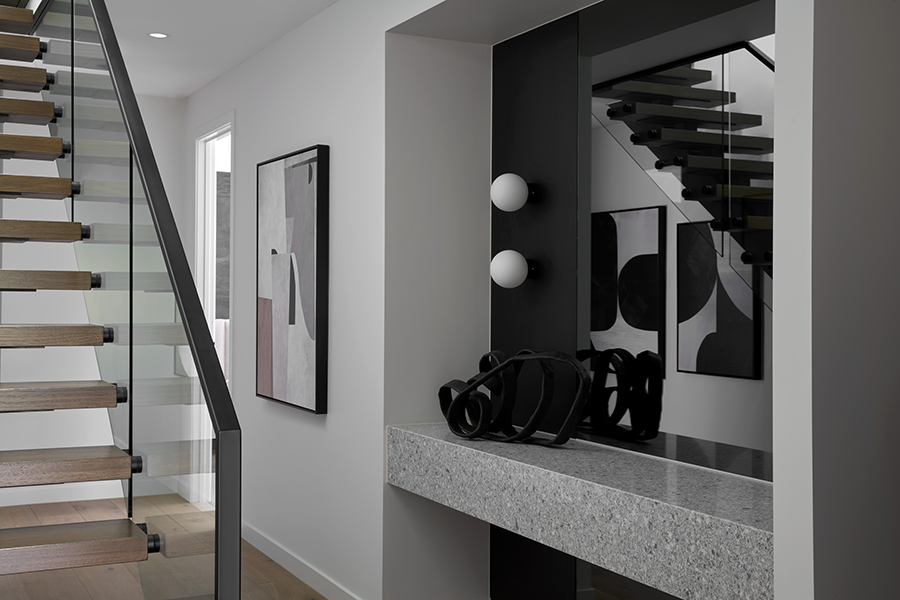Loved by a growing proportion of Victorian owner-occupiers and investors alike, dual occupancy involves building multiple homes on one block of land, effectively maximising land costs and increasing your potential profits. That said, to make the most of your new builds, there are some important considerations to keep in mind before you dive in.
Knockdown Rebuild & Dual Occupancy Manager, Richard Hobby, has helped many customers with their projects. Here, Richard shares his top tips for a successful and stress-free dual occupancy build.
1. Understand what you are trying to achieve with your build.
Side-by-side duplex and townhouse dual occupancy designs suit a range of needs and goals, but it’s important you understand your objectives before you dive in. Are you looking to build and occupy one home while renting or selling the other? Perhaps you’re planning to share the cost of a block of land with a family member or friend? Or will both dwellings end up under the auctioneer’s hammer?
